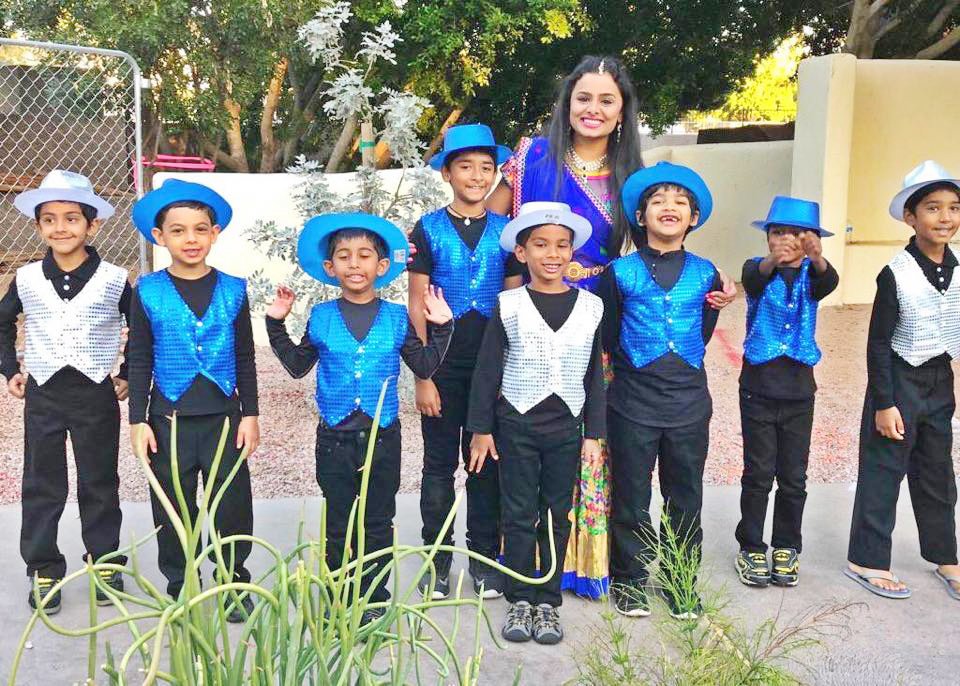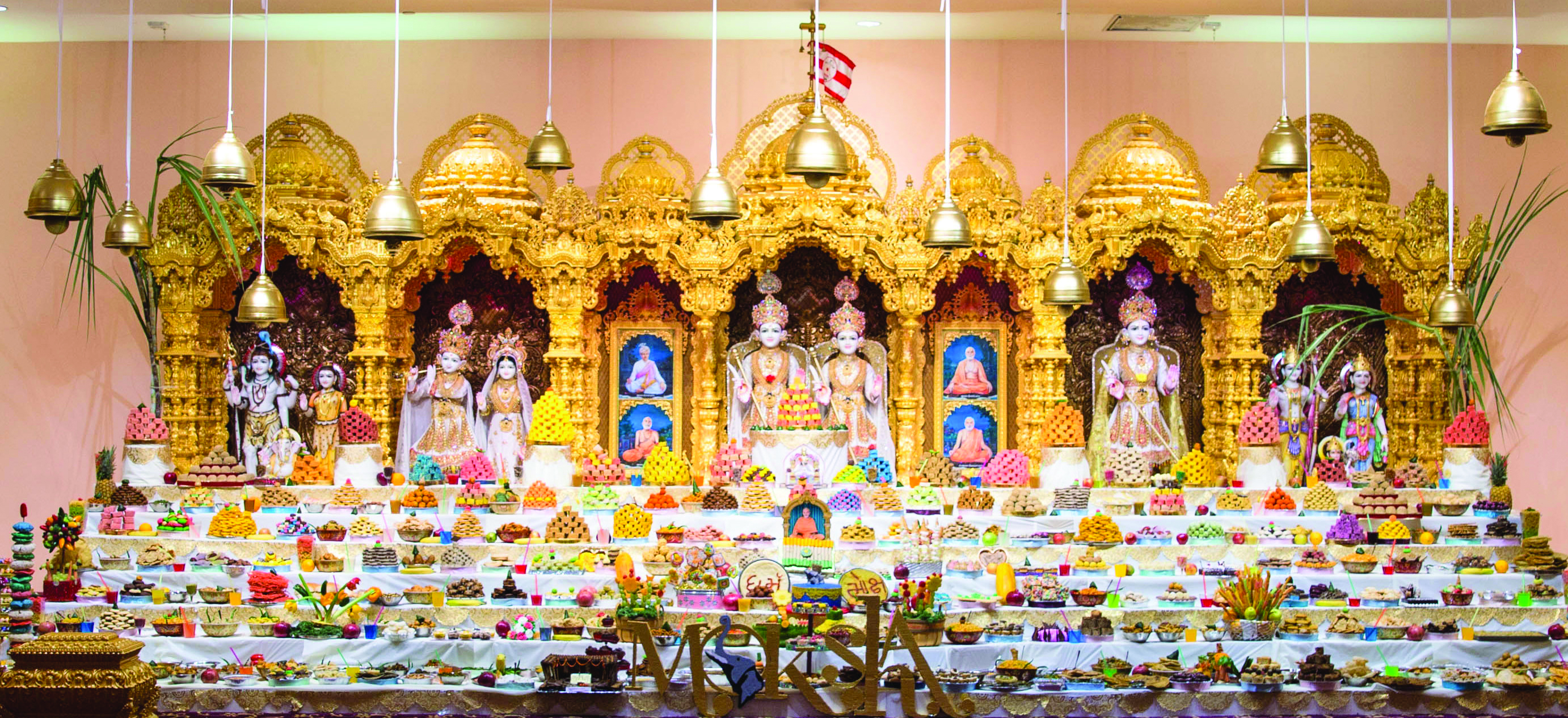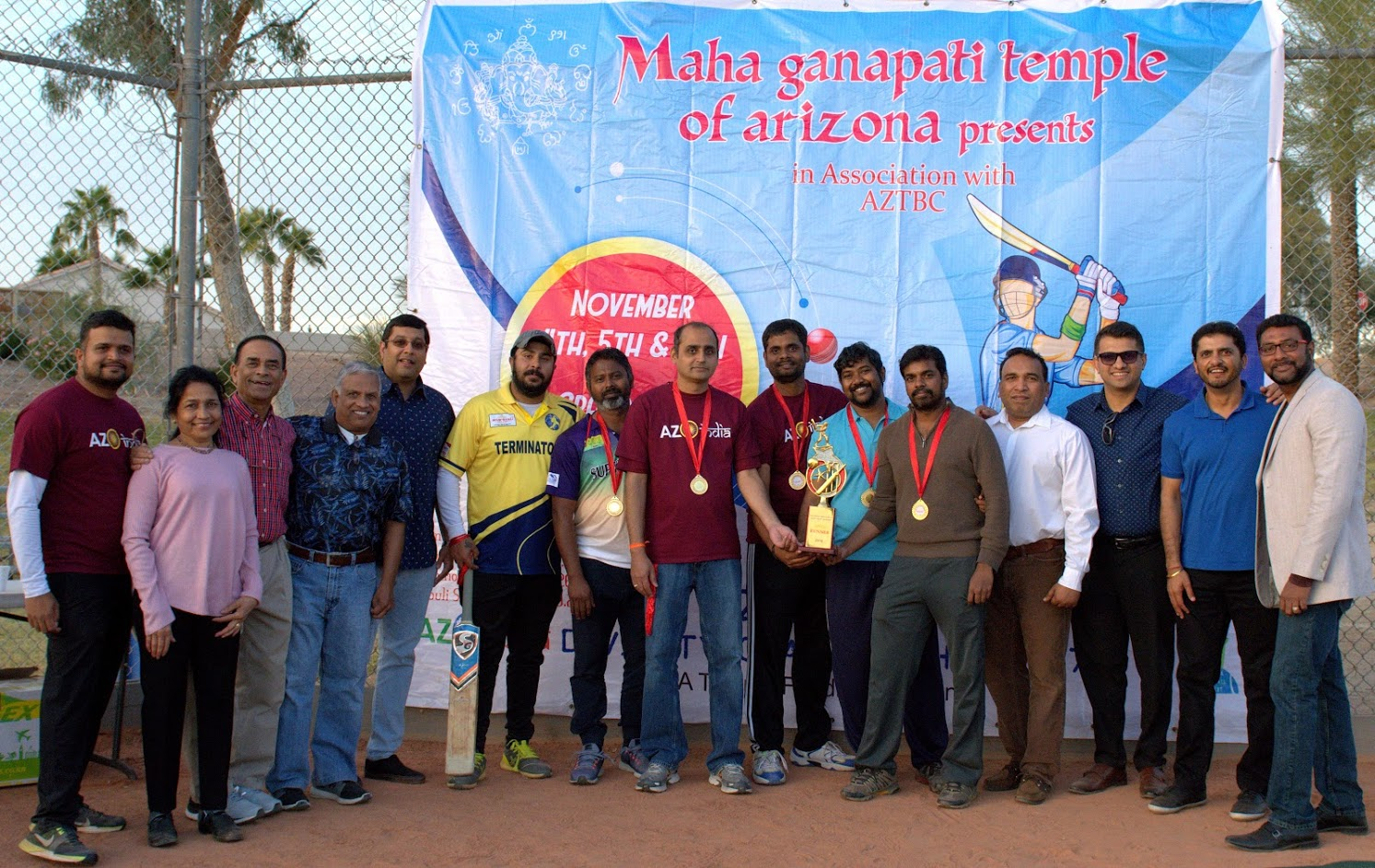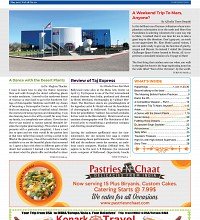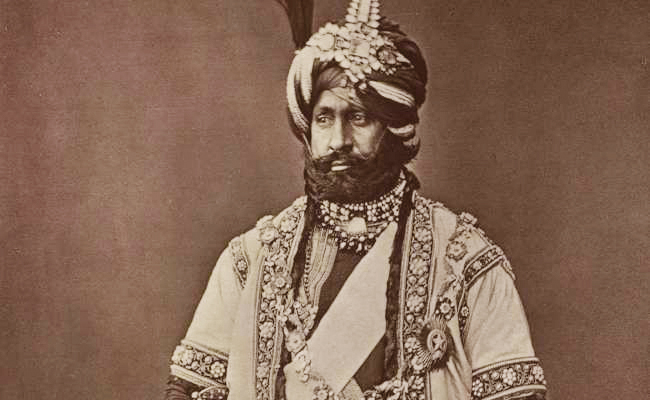
The Truth About Jammu & Kashmir VI - Dogra Rule
Contributed By - Raghunandan Kalambatti
In the previous issue we saw how Maharaja Ranjit Singh took control of Kashmir in 1819. The rise of Dogras and formation of Jammu and Kashmir State began in turbulent times of history when the Sikhs under Maharaja Ranjit Singh, Marathas under Chhatrapati Shivaji and the Rajputs of Rajputana, all rebelled against the Mughal Empire. The decline of Mughal Empire led to a period of great turbulence and instability in India. The Afghans led by Ahmed shah Abdali, Persians led by Nadir Shah and later the British took advantage of this empirical disarray. The Dogras were a dynasty of Hindu Rajputs who ruled Jammu & Kashmir from 1846 to 1947. They traced their ancestry to the Ikshvaku (Solar) Dynasty of Northern India, (the same clan in which Lord Rama was born; he, therefore, is the 'kuldevta' or family deity of the Dogras). The Sikh military power under Maharaja Ranjit Singh reached its zenith at this time. The rise of Gulab Singh who was a general in the Sikh forces and formation of Jammu and Kashmir also happened in this turbulent period. On 17 June 1822, Gulab Singh was anointed as Raja of Jammu at Jia Pota Akhnoor by Maharaja Ranjit Singh himself who applied tilak on his forehead.
When Maharaja Ranjit Singh died in 1830, the Sikh empire began to crumble. Finally in 1846, the Anglo-Sikh wars culminated in the defeat of the Sikhs. The Kashmir Valley came under the Dogra rule with the ominous terms of the Treaty of Amritsar signed between the British and Maharaja Gulab Singh on 16 March 1846. In consideration of this transfer, Maharaja was to pay 7,500,000 rupees and “to present annually to the British Government one horse, twelve perfect goats of approved breed [six male and six female] and three pairs of Kashmiri shawls”. Ladakh and Baltistan had already been conquered for Maharaja Gulab Singh by his General Zorawar Singh (1835-40). Maharaja Gulab Singh died in 1858. Later in 1860 his son Maharaja Ranbir Singh (1830-1885), head of the Jamwal Rajput clan conquered the trans-Himalayan territories of Gilgit, Astore and Hunza-nagar. Thus Maharaja Gulab Singh founded the state of Jammu and Kashmir. A major event of Maharaja Ranbir Singh's reign which could have changed the whole course of history of Kashmir was the collective approach of Kashmir Muslims to him for being taken back into the Hindu fold. They pleaded that they had been forcibly converted to Islam against their will and were longing to re-embrace their ancestral faith. Ranbir Singh sought the guidance of Swami Dayanand Saraswati, the founder of Arya Samaj, who advised him that he could take them back in Hinduism after performing certain rites. But this was not to the liking of short sighted Kashmiri Pundits who tried to dissuade the Maharaja. Ranbir Singh was a brave soldier. But he could not muster courage to face the Brahmins. The plan of return of Kashmiri Muslims to Hinduism thus fell through.
The modernization of Jammu and Kashmir State began during the reign of Maharaja Pratap Singh (1848-1925), the third of the Dogra Kings. Kashmir was linked to Rawalpindi, Abbotabad and Sialkot by motor-able roads, top class arts and science Colleges were opened in Jammu and Srinagar, foreign administration was streamlined with the help of British experts, a hydro-electric plant, among the first few of its kind in India, was set up at Mehura near Baramula and new holiday resorts like Gulmarg and Pahalgam were developed in the Valley. When Pratap Singh, who had no issues, died in 1925, his nephew Hari Singh (1895-1961) took over as the ruler of Jammu and Kashmir. His royal title was “Shriman Indar Mahindar Rajrajeshwar Maharajadhiraj Shri Jammu Kashmir Naresh tatha Tibet Deshadhipati". Maharaja Hari Singh was the last Dogra ruler of a dynasty which did the improbable task of holding together the state for a century. A Hindu king who ruled over a Muslim majority state is how he is often limitedly described, but it is only right in the context of current events to see how he rose above the communal stereotyping and stood by his words.
"Justice is my religion" was his first statement after assuming the high office. A man not keen on religious rituals, he did not discriminate between his Hindu and Muslim subjects. He gave importance only to meritocracy and appointed the best of Muslims in his court, administration and the army. Khusrau Jung, who belonged to the royal family of Hyderabad in the Deccan, was in the Maharaja's employment. Malik and Nur Muhammad Khan from Baluchistan were his ADCs. Maharaja Hari Singh's head cook and head waiter were also Muslims. His secretary was Abdul Qaiyyum Khan and one of his close friends was Sardar Abdul Rahman Effendi, an Afghan refugee related to King Amanullah. In his kitchens only halal meat was cooked so that Muslims could eat as well. He was the first Maharaja of Jammu and Kashmir who went to the mosque, standing respectfully throughout the prayer. After the prayer, he offered the Imam who had led the prayers, Rs 500 and a pashmina robe.
He was a king who shattered the glass ceiling in more ways than one. He passed legislation against many a social evil unlike his counterparts in rest of the subcontinent. He abolished untouchability and allowed the entry to the lower castes into temples. He opened all public schools, colleges and wells to "untouchables" in 1931. A social reformer who was both ahead of his times, Maharaja Hari Singh was courageous champion of women's emancipation. Maharaja Hari Singh stopped the rampant practice of child marriage and actively promoted widow remarriage. He made trafficking and organized prostitution illegal. He was also successful in rooting out the practice of sati. The Maharaja was a great educationist, and his endeavors to promote literacy in the state were inclusive of women's education. Primary and secondary education were free. Besides making primary education compulsory in 1930, he set up a special department for female education headed by a deputy director.
At the time of independence in 1947, there were 565 princely States in British India varying in size from a few square miles to a few thousand square miles. They were ruled, or misruled, by petty chieftains or rajas or maharajas, with whom the British had special treaties. The British appointed their own political agents in each of these states. When India gained freedom, these treaties were abrogated and the states were given the choice of joining either India or Pakistan. Sardar Vallabhbhai Patel was not just a politician but a statesman of shrewdness, sagacity and ability. He succeeded in persuading most states, depending on their geographical location, to join India. The three states which did not opt for either Dominion were Kashmir, Hyderabad and Junagadh. Maharaja Hari Singh sat on the fence till the last moment, possibly with the vainglorious and unreal ambition of being an independent state. In a letter dated 26 October 1947 to the last Governor General Lord Mountbatten, the Maharaja said, “I wanted to take time to decide to which Dominion I should accede, or whether it is not in the best interests of both the Dominions and my State to stand independent, of course with friendly and cordial relations with both”.
We shall see in the next issue how India paid the price for this decision, or shall we say indecision, on the part of Maharaja Hari Singh.
References:
1. “The founder of Jammu and Kashmir”, Col. J. P. Singh, Retd., Indian Defense Review, July 2016
2. “The Advent of Dogra Rule in Kashmir and Initial Approach to Agriculture”, Sheikh S.A, Gill BG (2016) Arts Social Sci J, 7: 180. doi: 10.4172/2151-6200.1000180
3. “Gulab Singh: Founder of Kashmir”, Pannikar K. M. (1930) Martin Hope Kinson
4. “Kashmir 1947-48 : The First Round”, Air Chief Marshal P. C. Lal, Indian Defense Review, Nov 2015
5. Text Of Letter Dated October 26, 1947 from Maharaja Hari Singh to Lord Mountbatten, Government of India publication, October 26, 1947
